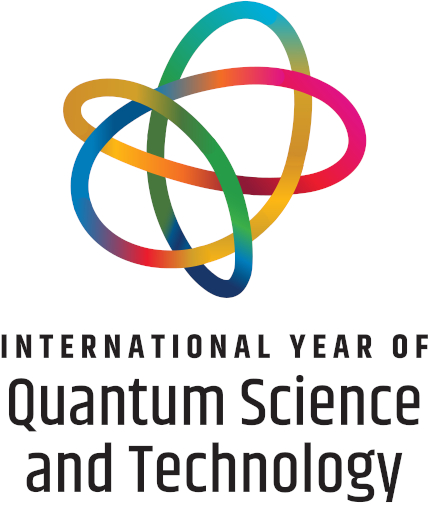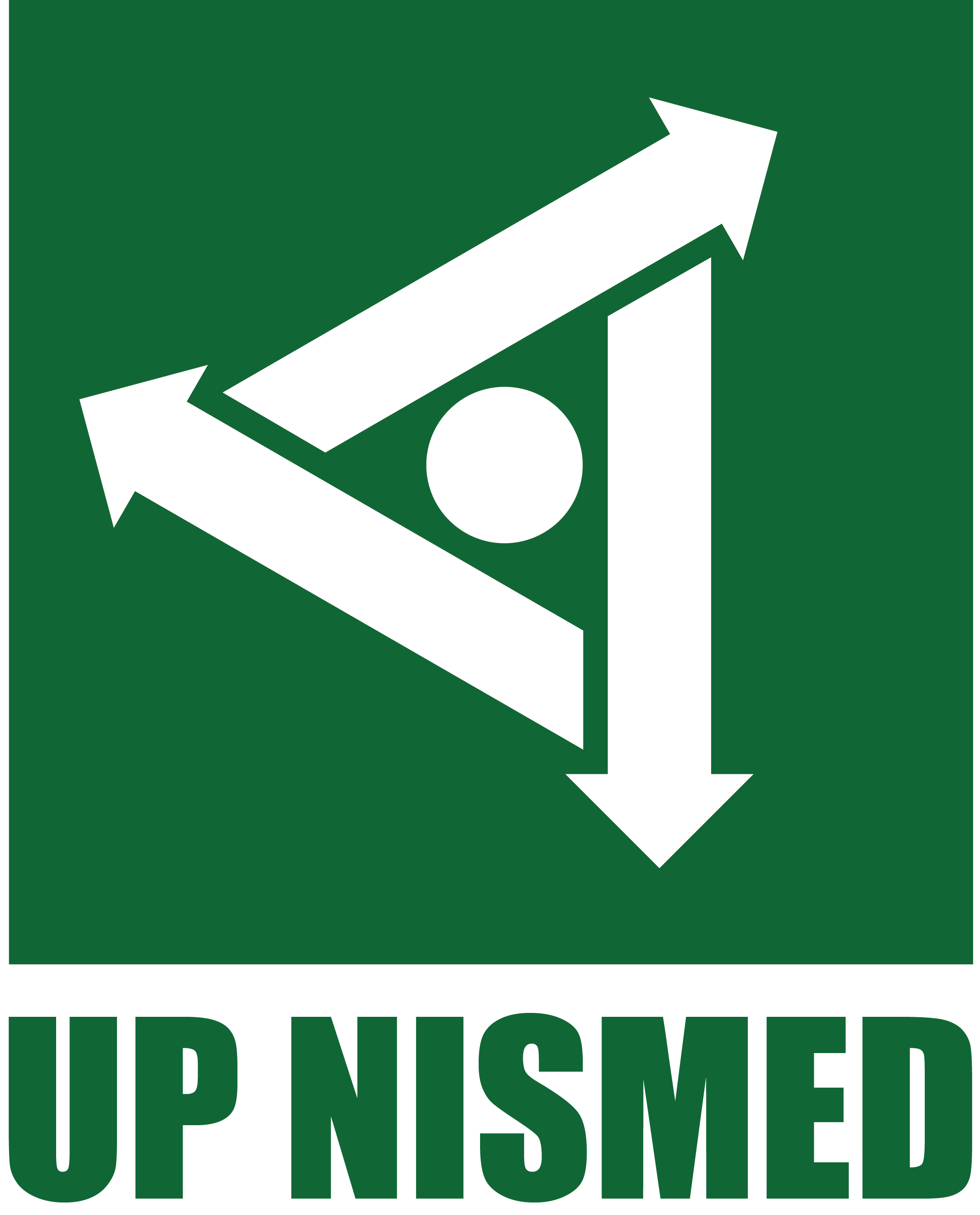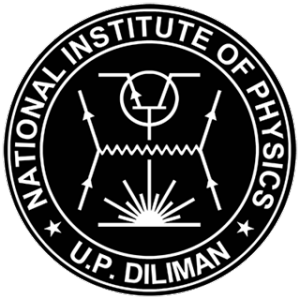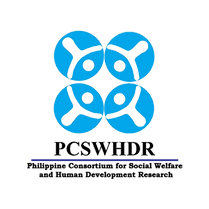The Road less traveled effect: efficient one-way traffic scheme in complex networks
Abstract
We study edge mutation in an artificial road network to model one-waytraffic schemes in real road networks. Random, edge length, and edge betweenness are considered in choosing which links to mutate from two-way to one-way. The results show that there is an optimal fraction of one-way edges that yields maximum reduction in cost of network construction and minimum increase in average trip distance. We find that mutating the edges with small betweenness is the best method, reducing the relative cost of network construction by 35% and increasing the relative shortest path distance by 43%. The findings give us insights on the relevance of one-way edges in complex networks that is present in many real world networks.
Downloads
Issue
Physics linkfest: Spanning science & technology
23-25 October 2013, University of San Carlos, Cebu City











